Top Things to Know Before Buying Home Gardening
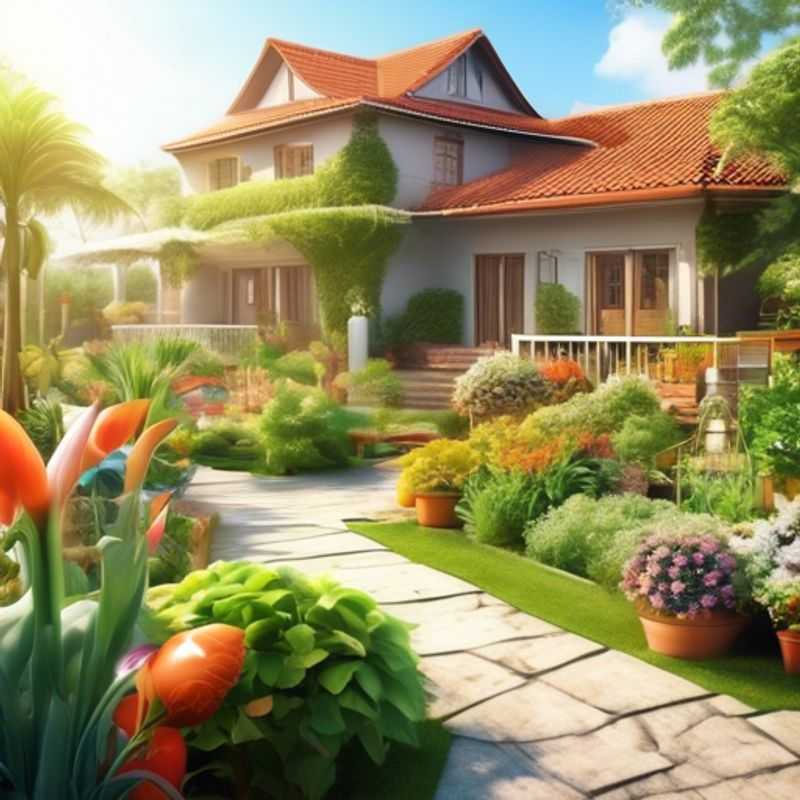
Top Things to Know Before Buying Home Gardening: Planning for Success
Embarking on a home gardening journey is a rewarding experience, providing fresh produce and a connection to nature. But before you start digging, there are key aspects to consider to ensure a successful and enjoyable gardening experience.
Determine your gardening space and plant selection:
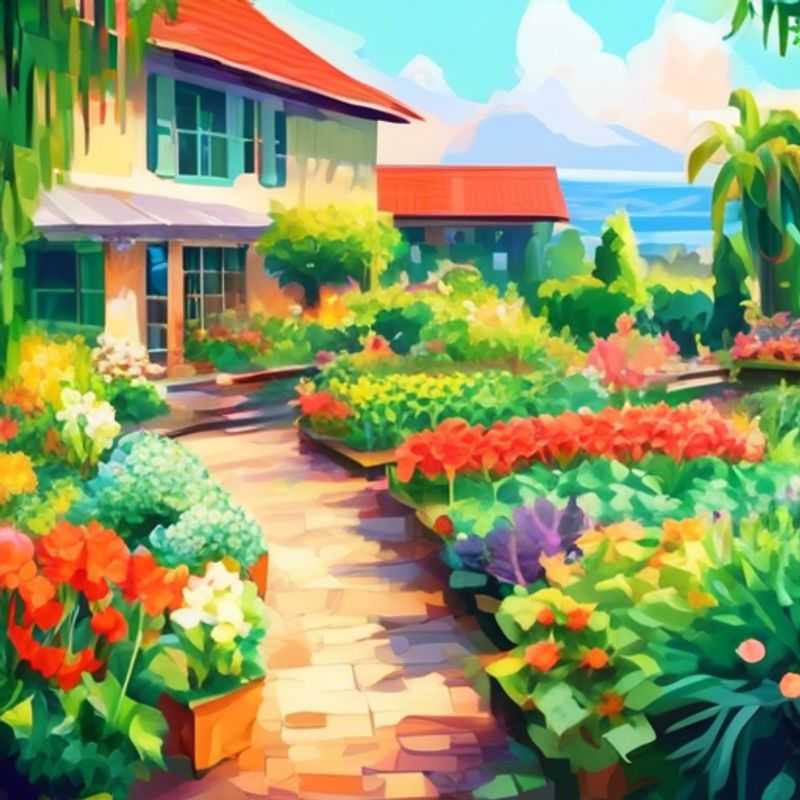
Maximize Your Garden: Sizing Up Your Space and Plant Choices
Before you start planting, it's crucial to determine the size of your gardening space. This will help you choose plants that will thrive and avoid overcrowding. Measure the length and width of your garden area, taking into account any obstacles like fences, buildings, or walkways. You can use a measuring tape or even a piece of string.
Once you know the dimensions, consider the type of plants you want to grow. Different plants have different space requirements. For example, tall trees need more space than small shrubs. Consider the mature size of each plant, not just its current size when you purchase it.
Don't forget to factor in the space needed for pathways and walkways. You'll need enough room to move around easily to care for your plants. If you plan on growing vegetables, make sure you leave enough space for rows.
Choosing the right plants for your space is important for their growth and for your enjoyment. Overcrowding can lead to disease and pest problems, and you may not be able to see all your beautiful plants.
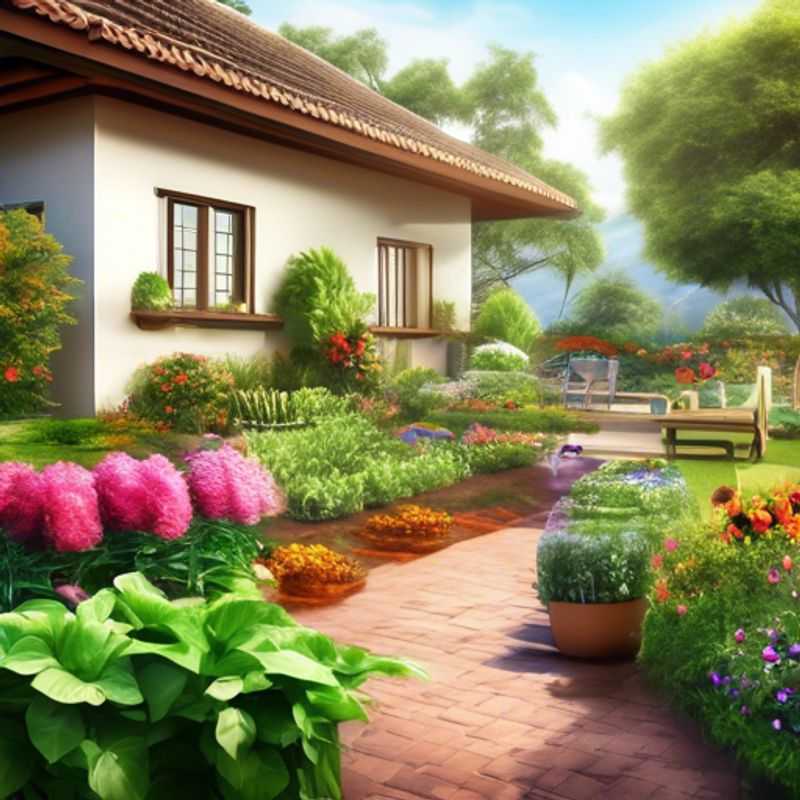
Grow with the Flow: Matching Plants to Your Local Climate and Soil
Before you even think about what plants you want to grow, you need to understand the basics of your growing environment. This is vital for selecting plants that will thrive and minimizing your work later on. Think of it as the foundation of your garden – without a strong foundation, your plants will struggle.
First, consider your climate. This means understanding your average rainfall, temperature fluctuations throughout the year, and the amount of sunshine you receive. Are you in a hot, dry climate? A humid, tropical area? Or somewhere in between? This will help you identify plants that can tolerate the conditions in your specific area.
Next, investigate your soil. What type of soil do you have? Is it clay, sandy, or a mixture? Knowing the composition of your soil will help you understand its drainage, nutrient content, and pH levels. This information is key to choosing plants that will thrive in your soil. You might even need to amend your soil with compost or other additives to create a more hospitable environment for your chosen plants.
Remember, you don't need to be a soil scientist or a meteorologist to figure this out! There are plenty of resources online, at local garden centers, and even free soil testing services available. Just a little research goes a long way in setting yourself up for success in the garden.
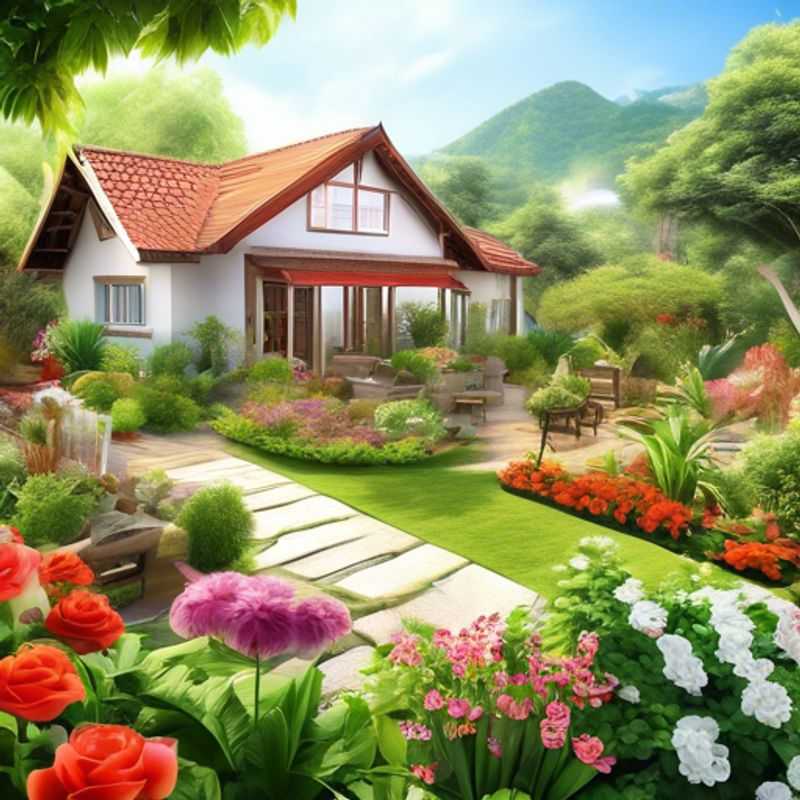
Sunlight and Your Garden: Choosing Plants for Optimal Growth
Knowing your garden's sun exposure is crucial when choosing plants. This simple factor determines which plants thrive and which struggle. Sunlight is measured in hours of direct sunlight a location receives each day. You can determine this by observing your garden throughout the day, noting the hours of sun versus shade.
Full sun locations receive 6 or more hours of direct sunlight daily. These areas are perfect for sun-loving plants like tomatoes, sunflowers, and lavender. Partial sun locations receive 4 to 6 hours of direct sunlight, suitable for plants like roses, zinnias, and hostas. Partial shade areas receive 2 to 4 hours of sunlight, ideal for plants like ferns, impatiens, and hydrangeas. Full shade locations receive less than 2 hours of direct sunlight, perfect for shade-tolerant plants like ferns, hostas, and begonias.
Matching plants to your garden's sun exposure ensures their healthy growth and vibrant blooms. By carefully considering sunlight, you can create a flourishing and beautiful garden.
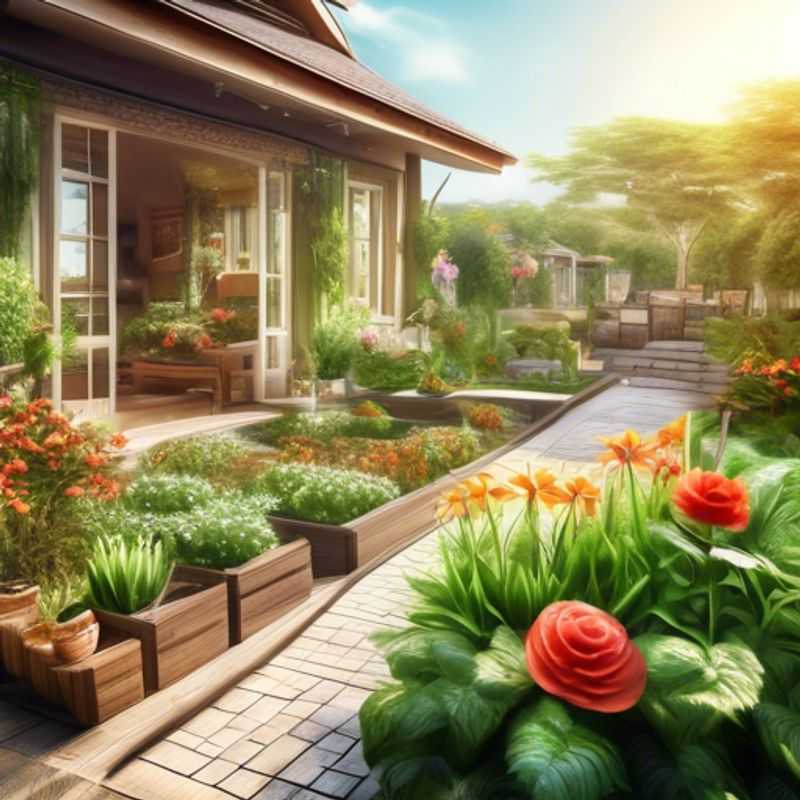
Crafting Your Garden Paradise: A Guide to Layout and Element Placement
Planning your garden layout is crucial for creating a functional and visually appealing space. Start by considering the size and shape of your garden, the amount of sunlight it receives, and the soil type. This information will guide your plant selection and help you create a layout that thrives.
Next, determine the functionality of your garden. Do you want a space for growing vegetables, relaxing, or entertaining? Consider dividing your garden into zones based on their intended use. For instance, you might have a vegetable garden, a seating area, or a play area for kids.
Once you have a general idea of your garden's purpose, you can start planning the layout of different elements. This includes paths, beds, water features, and seating areas. Paths should provide easy access to all areas of the garden, while beds should be placed strategically to maximize sunlight exposure for your plants. Water features can add beauty and sound to your garden, while seating areas provide a relaxing spot to enjoy your outdoor space.
To visualize your plan, create a scale drawing of your garden. You can use graph paper or a digital design program. This will help you determine the size and placement of each element.
Remember to consider the maintenance of your garden when planning the layout. Choose plants that are suitable for your climate and soil conditions. Mulch your beds to retain moisture and suppress weeds. Regular watering and fertilizing are also essential.
Plan your garden layout thoughtfully, and it will reward you with a beautiful and functional space for years to come. Don't forget to factor in the cost of materials, plants, and any necessary landscaping services.
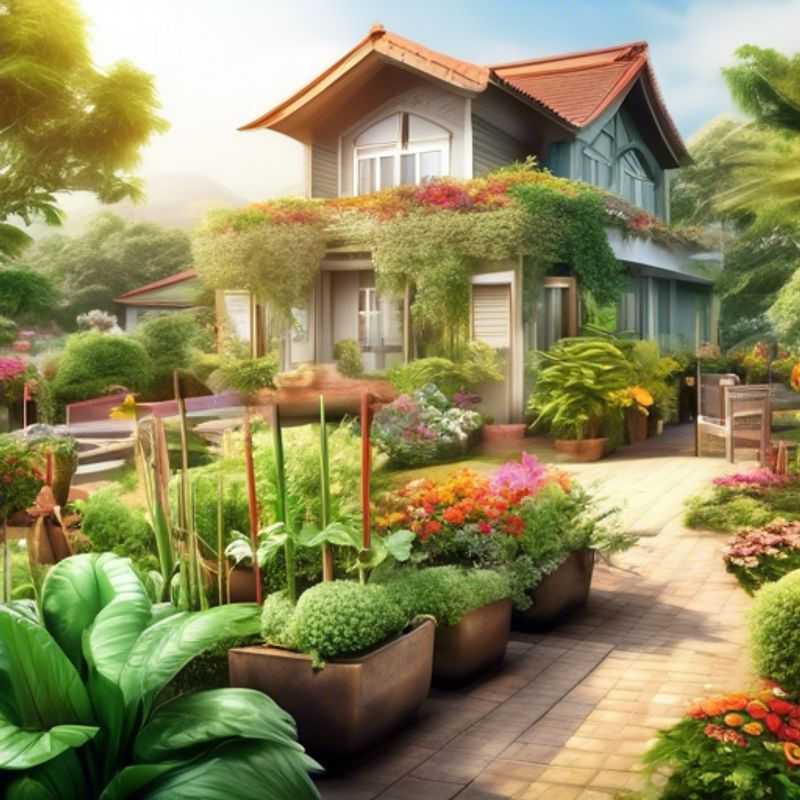
Invest Smart, Garden Easy: Why Quality Tools Matter
Investing in quality gardening tools and equipment can be a smart move for any gardener, especially those who are serious about their green spaces. Here’s why and how:
Durability and Longevity: High-quality tools last longer, saving you money in the long run. Imagine buying a cheap shovel that breaks after a few uses, versus a durable one that lasts for years. Quality also translates to better performance, making gardening tasks easier and more enjoyable.
Efficiency and Comfort: A well-designed, ergonomic trowel can make planting a breeze, while a sturdy wheelbarrow can easily transport heavy loads. The right tools can minimize strain and fatigue, allowing you to work longer and achieve more.
Safety: Sturdy equipment is less likely to break or malfunction, reducing the risk of injury. For instance, a good pair of pruning shears will offer a clean cut and minimize the chance of hand fatigue or strain.
Sustainability: Buying high-quality, long-lasting tools reduces the need for frequent replacements, lowering your overall environmental footprint.
Investment: Although quality tools can seem expensive upfront, they’re a smart investment that pays off over time. Look for brands with good reputations and warranties for added peace of mind.
Remember to research different brands, read reviews, and compare prices before investing. Consider your specific needs and the tasks you’ll be performing most often. It’s also a good idea to invest in basic, essential tools first, and gradually expand your collection based on your gardening needs.
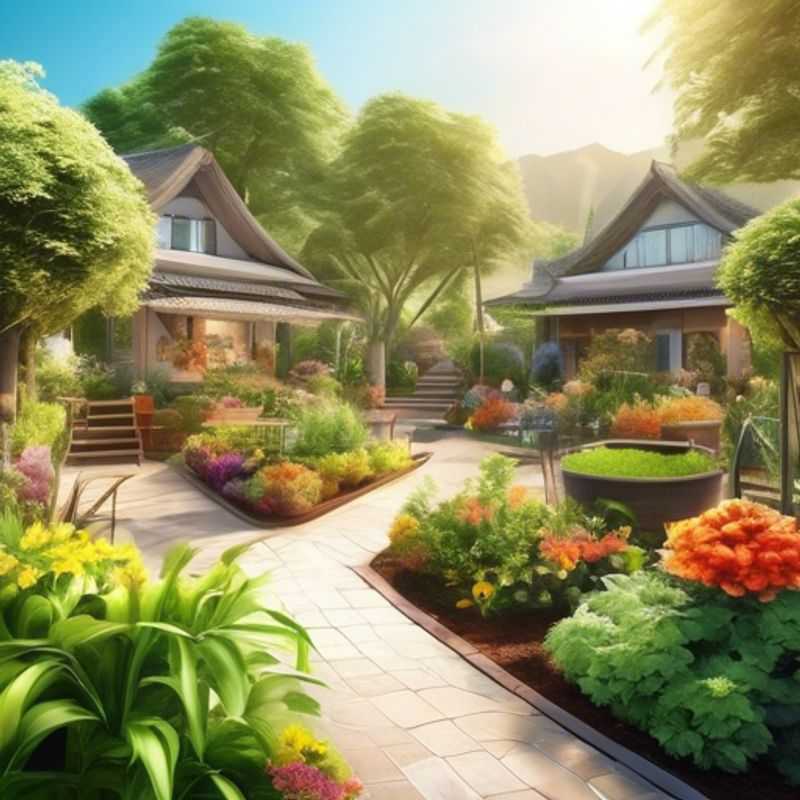
Watering Wisely: Understanding Your Plants' Thirst
Understanding the water requirements and irrigation needs of your plants is crucial for their health and productivity. Different plants have varying needs based on their species, stage of growth, and environmental conditions. Generally, most plants require consistent moisture, but overwatering can lead to root rot, while underwatering can cause wilting and stress.
To determine the specific needs of your plants, consider factors such as soil type, climate, and the plant's natural habitat. For instance, sandy soils drain quickly and may require more frequent watering, while clay soils retain moisture longer. Additionally, plants in hotter climates will typically need more water than those in cooler regions.
When planning irrigation, drip irrigation is often the most efficient method, delivering water directly to the roots and reducing evaporation. Sprinkler systems can also be effective, but it's essential to time them properly to avoid water waste. Additionally, using mulch can help retain soil moisture and reduce the frequency of watering.
Be aware of any costs associated with irrigation systems, such as installation fees, maintenance, and water usage charges. Investing in a soil moisture sensor can also help you monitor watering needs accurately, ensuring your plants receive the right amount of water without excess.
Ultimately, understanding your plants' water requirements and implementing an efficient irrigation system will lead to healthier plants and a more sustainable garden. For more detailed information, consider researching specific plant needs or consulting with local gardening experts.
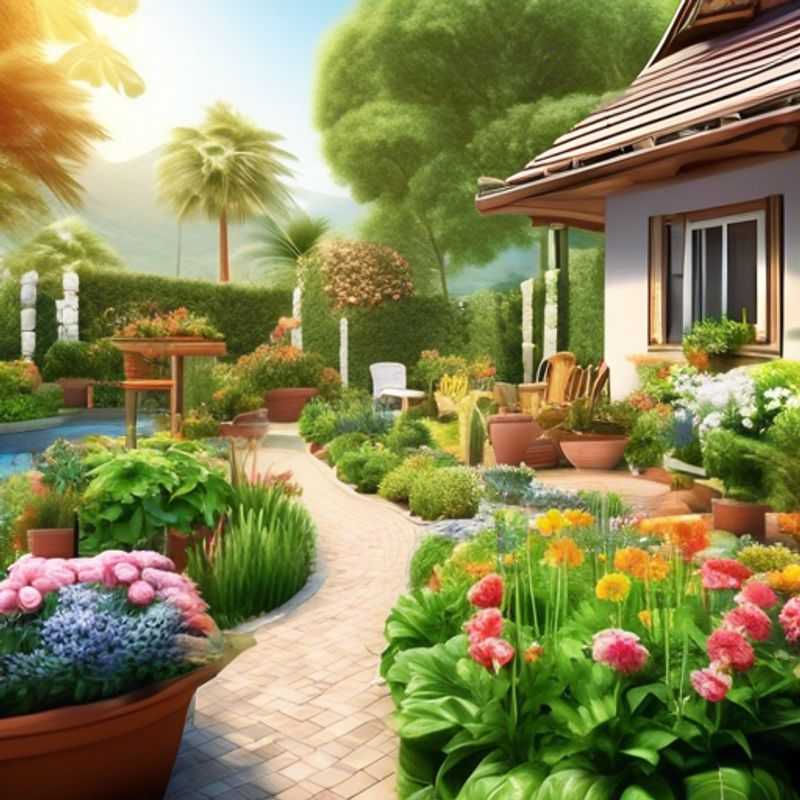
Know Your Enemy: Common Pests and Diseases in Home Gardening
Identifying common pests and diseases in your garden is crucial for maintaining healthy plants and maximizing yields. Here's a brief overview to help you get started:
Common Pests:
Aphids: Tiny, soft-bodied insects that suck sap from plants, causing stunted growth and leaf curl.
Spider mites: Microscopic creatures that spin webs on the undersides of leaves, feeding on plant sap and causing yellowing and browning.
Whiteflies: Small, white, winged insects that cluster on the undersides of leaves, sucking sap and causing yellowing and honeydew.
Slugs and snails: These mollusks munch on leaves and stems, leaving behind slime trails.
Common Diseases:
Powdery mildew: A fungal disease that appears as a white, powdery coating on leaves, stems, and fruits.
Black spot: A fungal disease that causes black spots on rose leaves, which can lead to defoliation.
Rust: A fungal disease that produces orange or brown pustules on the undersides of leaves, causing yellowing and leaf drop.
Control and Prevention:
Prevention is key! Choose resistant varieties, rotate crops, and practice proper sanitation to minimize pest and disease pressure.
Control measures can include:
Handpicking: For small infestations, simply handpick the pests off your plants.
Organic insecticides: Safe for your garden and the environment, but may require multiple applications.
Neem oil: A natural insecticide and fungicide with a long history of effectiveness.
Beneficial insects: Introduce predators like ladybugs or lacewings to help control pests naturally.
Fungicides: Use these only when necessary, as they can harm beneficial insects.
Always follow instructions carefully for all pest and disease control methods.
